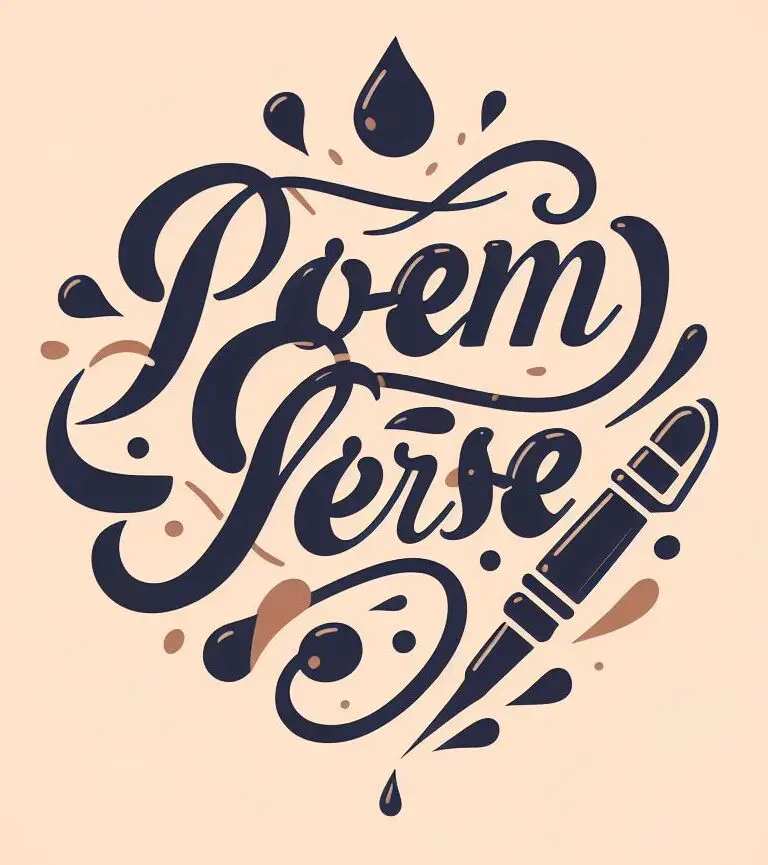Exploring the Profound Images of Poems about Death
Poetry has long been regarded as a powerful medium for expressing complex emotions and contemplating the mysteries of life and death. Through vivid imagery and evocative language, poets have captured the essence of death, exploring its various facets and contemplating its profound impact on the human experience. In this article, we delve into the rich tapestry of poems that paint striking images of death, inviting readers to reflect on its inevitable presence.
1. "Because I could not stop for Death" by Emily Dickinson
One of the most iconic poems about death, "Because I could not stop for Death" by Emily Dickinson, provides a unique perspective on the subject. The poem personifies death as a gentleman caller who takes the speaker on a carriage ride through life's stages. Dickinson's vivid imagery paints a picture of a serene journey, as she writes, "We passed the School, where Children strove, / At Recess – in the Ring."
Through the use of personification and symbolism, Dickinson crafts a haunting image of a peaceful departure from life, emphasizing the inevitability and acceptance of death.
2. "Do Not Go Gentle into That Good Night" by Dylan Thomas
In stark contrast to Dickinson's serene portrayal, Dylan Thomas's "Do Not Go Gentle into That Good Night" conveys a sense of urgency and resistance towards death. This powerful villanelle is a plea to fight against the inevitability of death, urging individuals to make the most of their lives.
Thomas employs striking visual imagery with lines such as "Wild men who caught and sang the sun in flight" and "Grave men, near death, who see with blinding sight." These images serve to highlight the intensity of the human struggle against mortality, creating a sense of defiance in the face of death.
3. "Annabel Lee" by Edgar Allan Poe
Edgar Allan Poe's "Annabel Lee" tells a tragic love story that transcends death. The poem portrays the enduring love between the narrator and his deceased beloved, Annabel Lee. Poe's vivid descriptions of their love create a haunting image of devotion that even death cannot diminish.
With lines such as "But our love it was stronger by far than the love / Of those who were older than we," Poe emphasizes the eternal nature of love, defying the boundaries imposed by death. Through his powerful imagery and mournful tone, Poe evokes a sense of longing and the profound impact of loss.
4. "When Death Comes" by Mary Oliver
Mary Oliver's "When Death Comes" offers a unique perspective on death, emphasizing the importance of living fully while acknowledging its inevitability. The poem encourages readers to embrace life, to be present, and to seize every moment.
Oliver's imagery is vivid and thought-provoking, as she describes death as "a hungry bear in autumn" and speaks of "the pale dew on the grass at dawn." Through these images, she reminds us of the ephemerality of life and urges us to appreciate its beauty.
Poetry serves as a powerful vehicle for exploring the complex emotions and imagery associated with death. From Emily Dickinson's serene journey to Dylan Thomas's defiant resistance, and from Edgar Allan Poe's haunting love story to Mary Oliver's call to embrace life, poets have captured the essence of death through vivid and profound imagery.
These poems remind us of the universality of death and offer diverse perspectives, encouraging readers to reflect on their own mortality and the significance of living fully. Through evocative language and striking imagery, poets continue to explore the depths of human experience, inviting us to contemplate the mysteries that surround death.

Entradas Relacionadas